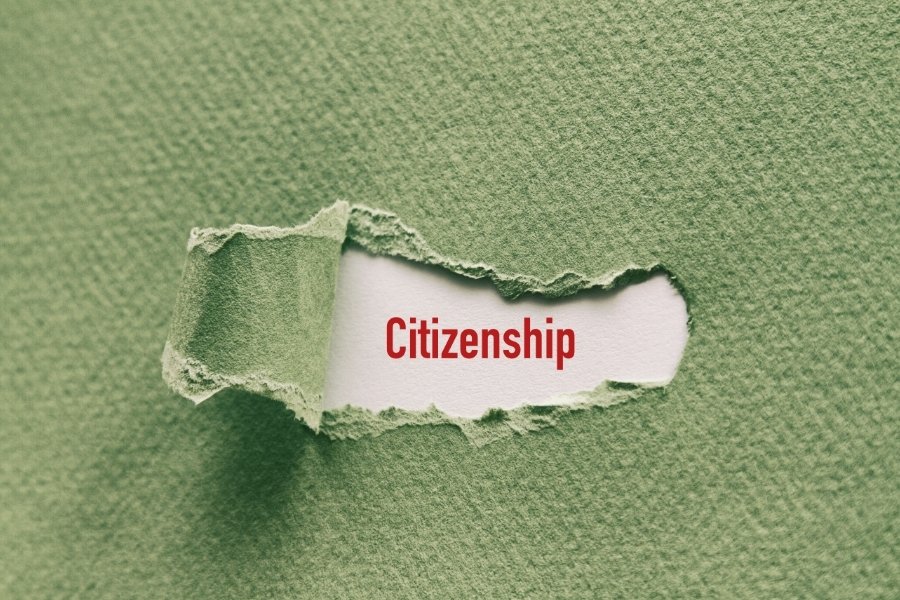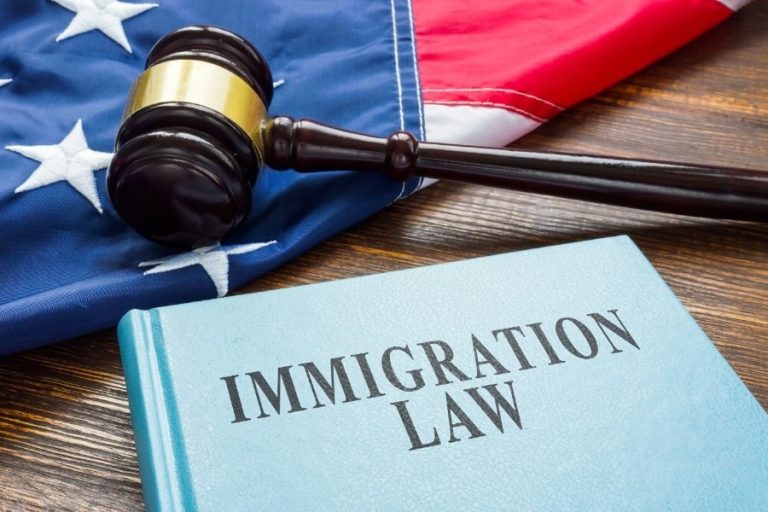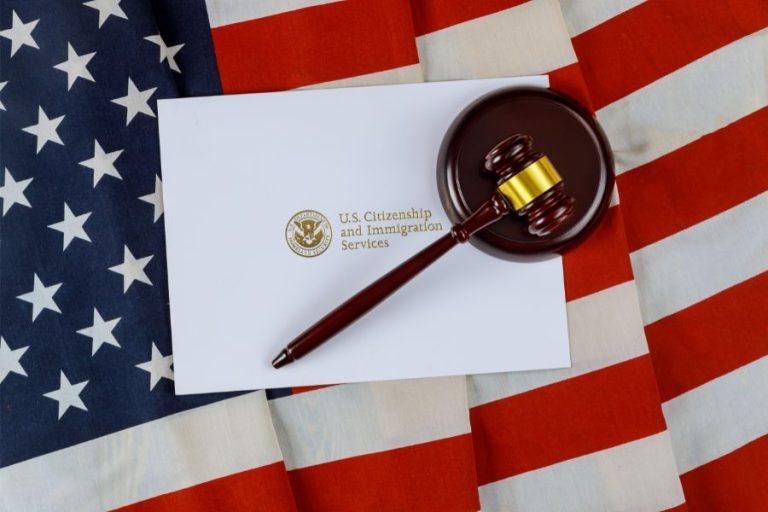A Fractured Future: How the Supreme Court’s Birthright Citizenship Ruling Threatens the Free Movement of Americans
The Supreme Court’s recent decision on universal injunctions has not just shifted the legal landscape; it has thrown the very notion of birthright citizenship and the free movement of people between states into chaos. While the Court did not rule on the constitutionality of President Trump’s executive order ending birthright citizenship for children of certain noncitizen parents, it did dramatically limit the power of federal judges to block such policies nationwide. The fallout is immediate, confusing, and deeply troubling for families, lawyers, and anyone who believes in the promise of equal citizenship under the Fourteenth Amendment.
The Heart of the Issue: A Patchwork of Citizenship
For over 150 years, the Fourteenth Amendment has guaranteed that anyone born on U.S. soil is a citizen, regardless of their parents’ status. Trump’s executive order, however, seeks to deny citizenship to children born to undocumented immigrants or those on temporary visas. The Supreme Court’s 6-3 ruling, authored by Justice Amy Coney Barrett, did not decide if this order is constitutional. Instead, it ruled that lower courts cannot issue nationwide injunctions—meaning that federal judges can only block such policies for the parties before them, or within their own states.
The result? In the 22 states (including North Carolina) that joined lawsuits against the executive order, birthright citizenship remains protected, for now. In the other 28 states, the Trump order could take effect in as little as 30 days, unless new legal challenges are filed and further state-specific injunctions are granted.
It is not only the free movement of people, and the economic decisions that flow from it, hanging in the balance of this disjointed implementation. President Trump’s executive order will inevitably cause chaos in other legal landscapes, including healthcare and privacy law, for both the undocumented and lawful nonimmigrants alike. Healthcare privacy is one of those areas of law that will be impacted. Recall that theTrump administration rescinded prior “sensitive locations” policy, prohibiting ICE enforcement in hospitals and churches, among other sensitive areas. It is also important to note that HIPAA does not prevent healthcare providers from disclosing the immigration status of a patient. A few concerns come to mind that flow from these individual legal principles. First, undocumented women and lawful nonimmigrant women will be disincentivized from seeking medical care during labor and childbirth. ICE could immediately arrive at the hospital in a state not subject to an injunction to detain and initiate the removal of a woman and her child. These women likely will immediately distrust the systems put in place for the health, welfare, and safety of human life. I see this as an affront to human dignity and the sanctity of human life itself. Childbirth will immediately become less safe. Second, if birth tourism internationally was a concern, interstate birth tourism will immediately cause hospitals and medical practitioners in “friendly” states to become overburdened with care for “out-of-state” patients seeking to give birth in a state that recognizes birthright citizenship. – Mary Lynn Tedesco
The Real-World Consequences: Citizenship by Geography
This decision creates a bizarre and unprecedented scenario: a child born in North Carolina could be a U.S. citizen, but if the same mother moves to South Carolina and gives birth there, her child’s citizenship might not be recognized, unless South Carolina is one of the protected states. For now, it is not. North Carolina is currently protected thanks to the efforts of its Attorney General and the Department of Justice, but the underlying problem remains.
“Will babies born to immigrants living illegally in some states be entitled to citizenship, but not in others? Can children born to such parents in states where the order is in effect be deported?” — The New York Times
This is not just a legal technicality. It strikes at the core of what it means to be American and undermines the constitutional guarantee that citizenship is not subject to the whims of geography or political winds.
The Threat to Free Movement
The United States has always prided itself on the free movement of people between states—a foundational principle enshrined in the Constitution and vital to the nation’s economic and social fabric. The Supreme Court’s decision, however, creates a situation where the rights of newborns—and by extension, their families—depend on the state in which they happen to be born.
Imagine a pregnant woman living in North Carolina (where birthright citizenship is still protected) who moves to South Carolina. If she moves to a state where the executive order is in effect, her child’s citizenship could be denied. This creates a powerful disincentive for families to move, work, or seek medical care across state lines. It also raises the specter of “citizenship shopping,” where families are forced to plan births around shifting legal landscapes, or risk statelessness for their children.
The Chaos and Uncertainty
Legal experts are unanimous: the Supreme Court’s failure to resolve whether birthright citizenship remains a valid constitutional right will cause chaos for millions of people. As Daniel Kanstroom of Boston College Law School put it:
“It’s going to be a huge mess. It’s going to cause tremendous fear and uncertainty, probably for hundreds of thousands, if not millions, of people.” – The Boston Globe
The decision means that every affected newborn may need to sue individually to secure their rights, leading to a tidal wave of litigation and overwhelming the federal courts. Civil rights groups, state attorneys general, and immigration lawyers are scrambling to file new cases, add plaintiffs, and seek class-wide or statewide blocks before the 30-day window closes.
I also think of lawful nonimmigrant families in particular in this new landscape. The INA provides for derivative nonimmigrant status for children of primary lawful nonimmigrants. For example, an H-1B visa holder can bring her spouse and child as dependents on her visa. Because the INA presumes that citizenship is indeed received at the time of birth in the United States, there are no provisions for a newborn to be “admitted” in nonimmigrant status at the time of birth. How would these newborns receive a visa? Would a new mother be required to immediately depart the United States, potentially in a delicate postpartum state, or recovering from a surgical cesarean section, in order to obtain a visa for her child? Or would a new process be created for the admission of these children in nonimmigrant status from within the United States? In either situation, the processes would require substantial additions to the INA, which could only be accomplished by Congress, in the passage of additions and amendments to the law. Our immigration laws are simply not written to accommodate the notion that children born in the United States are not immediately citizens at the time of their birth.
– Mary Lynn Tedesco
A Broken System, and a Call to Action
This fractured approach is not just unworkable; it is fundamentally unfair. It violates the spirit of the Fourteenth Amendment, which was designed to ensure that citizenship—and the rights that flow from it—are not subject to the prejudices or political calculations of the moment.
The chaos sown by this decision is extreme. It undermines the rule of law, destabilizes families, and threatens the unity of the nation. It is a call to action for lawyers, advocates, and all who care about the Constitution to fight for the rights of every child born on American soil.
What Happens Next?
- 30-Day Window: The executive order cannot be enforced for at least 30 days, giving advocates time to seek broader legal protections.
- State-by-State Litigation: Expect a flood of lawsuits, class actions, and emergency motions as civil rights groups and state attorneys general race to protect families in every state.
- No Immediate Deportations: The Trump administration has indicated that it will not deport children deemed ineligible for citizenship until the order takes effect, but the threat remains very real.
- Ongoing Uncertainty: Until the Supreme Court addresses the constitutionality of the executive order itself, the legal status of potentially hundreds of thousands of children will remain in limbo.
Furthermore, the Supreme Court’s decision incentivizes individual litigation efforts, which will cost the US judicial system countless taxpayer dollars. If each child in a non-enjoined state files suit against the US for recognition of the citizenship status of their child, imagine the number of lawsuits that might result. This takes valuable resources, including time and manpower, from the US Attorney’s Office in each of those districts, as they seek to litigate each separate action. – Mary Lynn Tedesco
Why This Fight Matters Now More Than Ever
The Supreme Court’s decision did not end birthright citizenship, but it did fracture the nation’s legal landscape, creating a patchwork of rights that depend on where a child is born. This is a direct threat to the free movement of people between states and the very idea of equal citizenship. The chaos and uncertainty unleashed by this decision demand urgent action—and a renewed commitment to the constitutional promise that all persons born in the United States are citizens, no matter where they are born or who their parents are.







